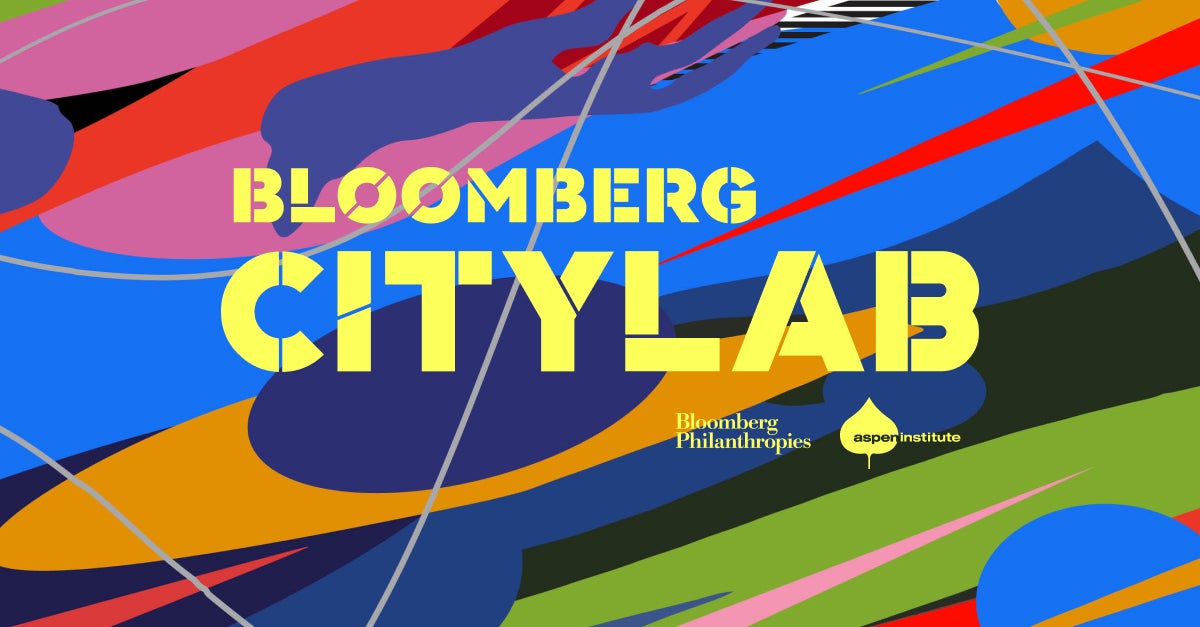
(Photo Credit: istockphoto)
What if the same innovative energy that has led to breakthroughs and disruptions in transportation, communications, electronics, and commerce was harnessed to solve some of the United States’ most difficult urban challenges? What if the next great idea for transforming the lives of homeless people, restoring neighborhood economies, or supporting formerly incarcerated people could be prototyped, tested, and funded like a Silicon Valley startup? Those “what-ifs” represent the promise of urban innovation in America. But how can we make this promise a reality?
This promise is only partially realized, however, because urban innovators—especially urban innovators who are people of color—struggle to get early stage investment capital. A survey by Echoing Green of more than 200 founders of for-profit or hybrid social enterprises finds that “personal wealth and access to networks of wealth” are very important in seeding social enterprises. This dynamic of self or family funding excludes people who might have the greatest insights into urban challenges and experience of underserved communities.
RESEARCH by the team at Tumml shows that the overwhelming majority of angel investors, who provide high-risk, early-stage capital to promising start-ups, are more interested in the potential for high returns than furthering a social mission of the business. It is only at the growth or later stage, according to a recent study of impact investment dollars, that impact investors, who are specifically looking for a social as well as an economic return, enter the picture. These impact investors generally prefer to invest in enterprises with a strong track record. But innovators, by definition, are doing something new, and new organizations, also by definition, do not have a history of success—or any history at all. How can social innovators get funding for their brand new, untested start-ups?
Philanthropy, which is fundamentally in the business of supporting social goods that the market doesn’t yet value, does not entirely fill this gap. The Echoing Green survey indicates that philanthropies often:
- Do not understand social innovators’ business models,
- Create onerous reporting requirements,
- Take a very long time to disburse grants,
- Decline to provide general operating support
- Shy away from funding for-profit or hybrid entities.
The Case Foundation has started a push for philanthropies to “be fearless.” It’s hard for philanthropies, or governments, or non-profits to explicitly embrace the prospect of failure. Yet most start-ups, even those backed by savvy and successful venture capitalists, fail. You can’t have innovation without failure and inefficiency.
The “Who are Urban Innovators” series is an effort to show what’s possible when urban innovators and people of color do get the capital they need to advance their big ideas. The series highlights entrepreneurs who have come out of programs run by or are otherwise supported by Camelback Ventures, Digital Undivided, Powermoves, Impact America Fund, Echoing Green, and Tumml, which are trying to direct capital towards urban innovators, with many specifically focusing on increasing access to capital for entrepreneurs of color. It will also include interviews with folks supporting these entrepreneurs, who can take a broader perspective on what’s at stake.
Take this as an invitation to learn more about what’s happening now, and imagine what else might be possible if we approach innovation in social enterprises as we do in other sectors..
The Aspen Institute Center for Urban Innovation thanks the Bank of America Foundation for supporting its work on access to capital for urban innovators.
